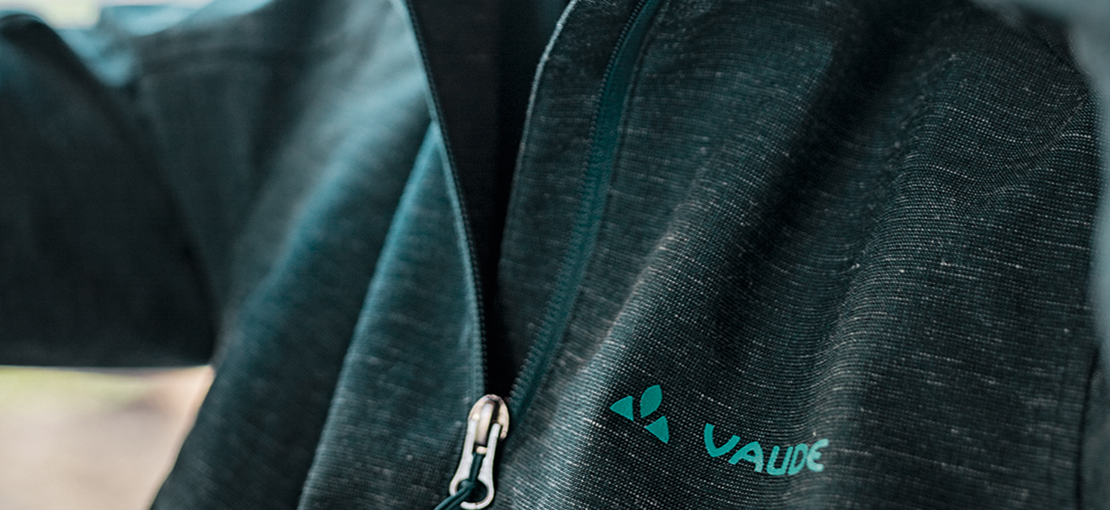
The best for your product: performance × responsibility
Performance meets Ecology
Your VAUDE products should offer reliable protection from heat and cold; wind, rain and the sun; help you to enjoy nature and achieve your best. They should accompany you for years on your outdoor adventures.
We select the materials for our products carefully so that you get the best product for your activity.
Your decisions count!
In addition to a product’s technical design, what really counts is the materials and technologies used to make it. At the same time, these functional materials and technologies also have a significant direct and indirect impact on the environment, for example:
- Water repellency without fluorocarbons: Choose to buy eco-friendly products – without compromising on functionality! How is it possible? Find out more here
- If cotton, then organic! This contributes to significantly less environmental damage than growing conventional cotton, because it requires fewer chemicals and less water. See more at "Organic cotton - better for people and for the planet".
- Recycled materials reduce the use of resources, energy consumption and CO2, but not functionality! See more at "New fabrics from old fishing nets".
- Systematic is better: With the help of the bluesign® system, VAUDE reduces its use of raw materials, energy, water, wastewater, waste materials and chemicals in the processing of polyester and polyamide.

|
Performance coupled with responsibility
Good training and the right materials influence fun and safety in the mountains. |
A clean supply chain and a clean conscience
We set standards for environmentally friendly products throughout the industry with the VAUDE Green Shape criteria. Other brands are welcome to join us!
The VAUDE Material Policy applies to all of our products – our voluntary commitment to sustainable materials.
Transparency throughout the supply chain is important, but it is often non-existent in textile production. Therefore we are working actively with the federal government’s Partnership for Sustainable Textiles as well as on the development of the Higg Index. This international databank is used to measure environmental and social aspects. See more here
We assist our suppliers in working with a high degree of environmentally-friendliness – with the VAUDE Supply Chain Environmental Stewardship Program. Read more about it here.
People and the environment, hand in hand: As a member of the Fair Wear Foundation with Leader Status, we ensure fair working conditions. More about it here
| GRI: | G4-DMA Materials |
| GRI: | G4-EN1 |
| GRI: | G4-EN2 |
| GRI: | G4-EN27 |






